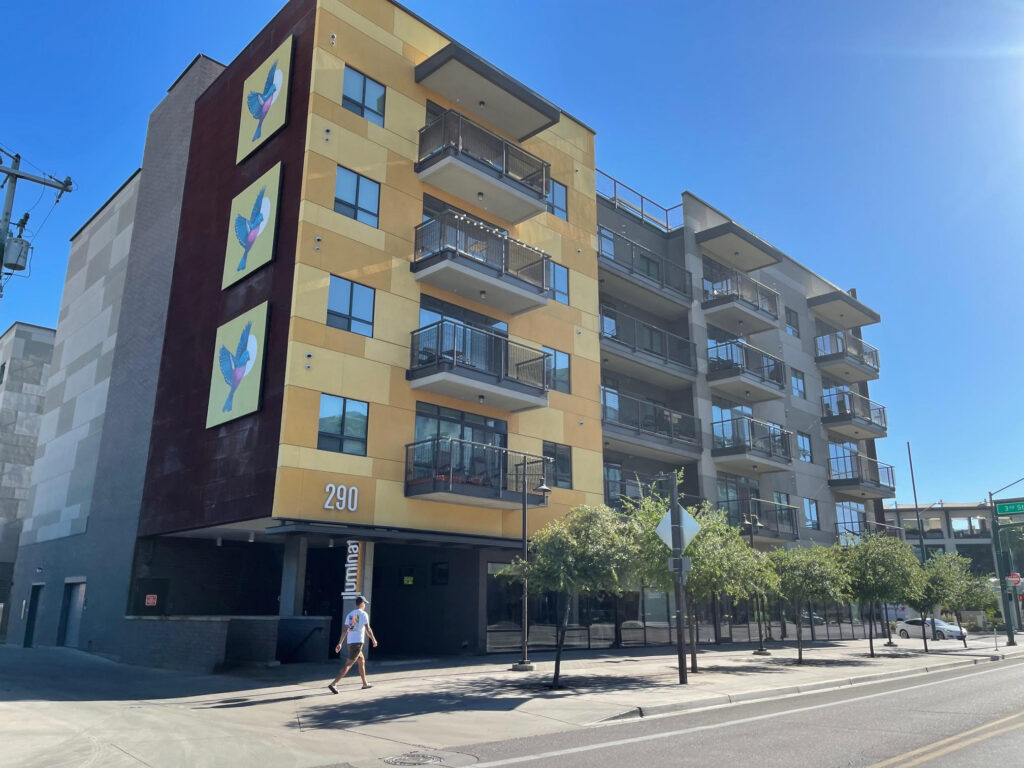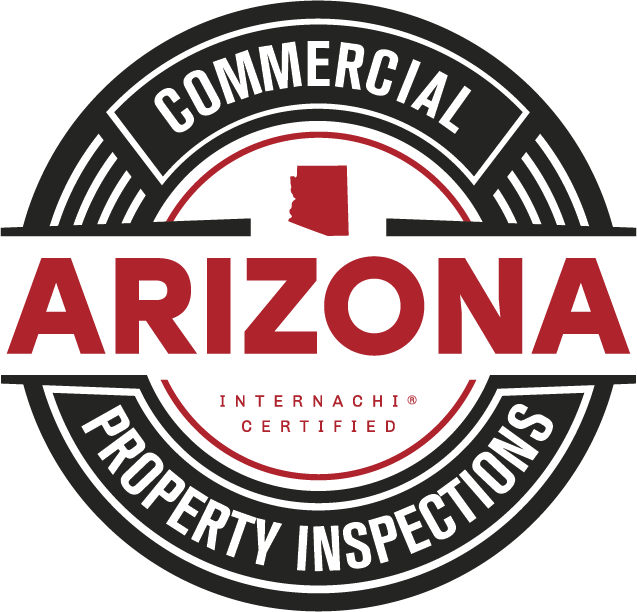A Physical Needs Assessment (PNA) is a critical tool for property owners and managers, providing a thorough evaluation of the property’s condition and outlining necessary maintenance and capital improvements over a specific period. Here’s a comprehensive look at what a PNA involves and its importance for multi-family properties in Arizona.
What is a Physical Needs Assessment (PNA)?
A Physical Needs Assessment (PNA) is an in-depth analysis that evaluates the current condition of a property’s physical components and systems. It identifies immediate and long-term maintenance and repair needs, estimates costs, and prioritizes actions to ensure the property remains safe, functional, and aesthetically pleasing. Typically, a PNA covers a planning period of 10 to 20 years.
Key Components of a PNA
- Comprehensive Property Inspection The assessment starts with a detailed on-site inspection conducted by qualified professionals. This inspection covers:
- Structural elements (foundation, roof, exterior walls)
- Mechanical systems (HVAC, plumbing, electrical)
- Interior components (flooring, walls, ceilings)
- Common areas and amenities (hallways, laundry rooms, recreational facilities)
- Site features (landscaping, parking lots, drainage systems)
- Condition Assessment and Life Cycle Analysis Each component’s current condition is evaluated, and its remaining useful life is estimated. This analysis helps determine which elements require immediate attention and which can be scheduled for future maintenance.
- Cost Estimation The PNA provides detailed cost estimates for the repair, replacement, or upgrade of each component. These estimates are based on current market rates and projected inflation, ensuring accurate budgeting.
- Prioritization of Needs Maintenance and repair needs are prioritized based on urgency and importance. Immediate needs are addressed first, followed by mid-term and long-term requirements, ensuring a structured approach to property upkeep.
- Financial Planning The assessment includes a financial plan outlining projected expenditures over the assessment period. This plan helps property owners and managers budget for future maintenance and improvements effectively.
Importance of a PNA for Multi-Family Properties in Arizona
- Adaptation to Climate Conditions Arizona’s climate, characterized by extreme heat and occasional monsoon rains, can significantly impact building materials and systems. A PNA helps identify and address climate-specific issues, such as sun damage, thermal expansion, and water infiltration.
- Proactive Maintenance and Planning By identifying and prioritizing maintenance needs, a PNA enables property owners to address issues before they become critical. This proactive approach prevents costly emergency repairs and ensures the property remains in good condition.
- Budgeting and Financial Stability A PNA provides a clear roadmap for future expenditures, helping property owners and managers create realistic budgets and allocate funds efficiently. This financial planning ensures that necessary funds are available for critical repairs and upgrades.
- Maintaining Property Value Regular maintenance and timely upgrades, as outlined in a PNA, help maintain and enhance the property’s value. Well-maintained properties attract and retain tenants, leading to lower vacancy rates and higher rental income.
- Regulatory Compliance For properties receiving federal or state funding, a PNA may be required to comply with regulatory standards. Conducting a PNA ensures compliance with these requirements, securing necessary funding and avoiding potential penalties.
- Enhanced Tenant Satisfaction A well-maintained property provides a better living environment for tenants, leading to higher satisfaction and lower turnover rates. Addressing maintenance needs promptly improves tenant retention and fosters a positive community atmosphere.
Conducting a PNA: Best Practices
- Engage Qualified Professionals Hire experienced and qualified professionals, such as architects, engineers, and building inspectors, to conduct the PNA. Their expertise ensures an accurate assessment and reliable cost estimates.
- Regular Updates Update the PNA periodically, typically every 3 to 5 years, to reflect changes in the property’s condition and market conditions. Regular updates ensure the assessment remains relevant and useful for long-term planning.
- Focus on Climate-Specific Issues Pay particular attention to issues specific to Arizona’s climate, such as heat-related wear and tear, sun damage, and water damage from monsoon rains. Addressing these issues proactively helps maintain the property’s condition.
- Collaborative Approach Involve property management staff and maintenance personnel in the assessment process. Their firsthand knowledge of the property’s issues provides valuable insights and contributes to a more accurate evaluation.
- Plan for Contingencies Include a contingency budget in the financial plan to account for unexpected repairs or cost overruns. This ensures funds are available for unforeseen issues, maintaining the property’s condition without financial strain.
Conclusion
A Physical Needs Assessment (PNA) is an essential tool for the effective management and long-term planning of multi-family properties in Arizona. By providing a comprehensive evaluation of the property’s condition and future capital needs, a PNA enables property owners and managers to make informed decisions, ensure financial stability, maintain property value, and enhance tenant satisfaction. Embracing the PNA process is not just about meeting regulatory requirements; it’s about ensuring the sustained success and profitability of multi-family properties in Arizona’s challenging climate.

